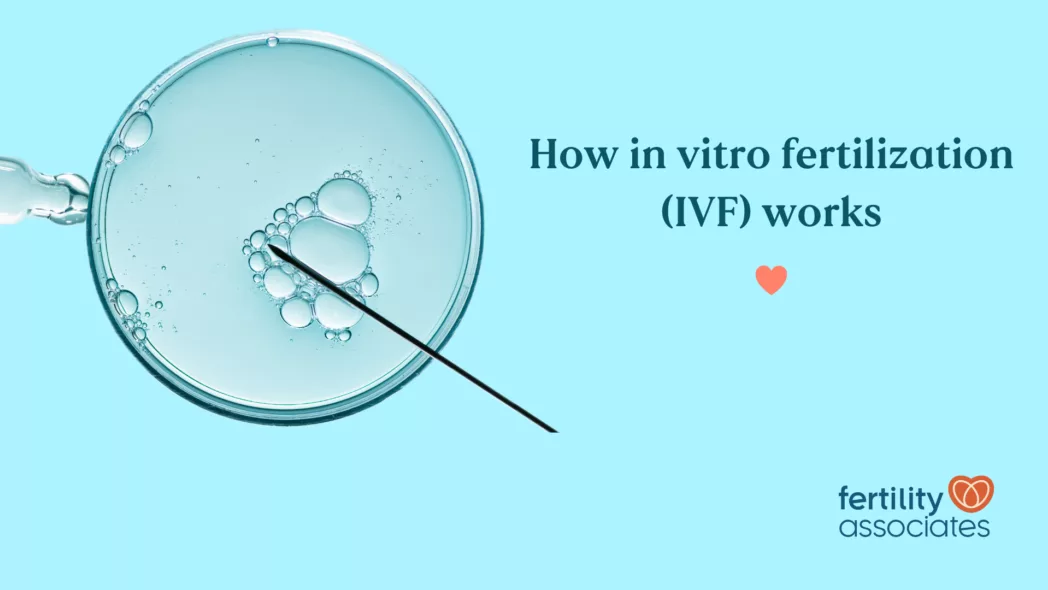In vitro fertilization (IVF)
In vitro fertilization
IVF treatment depends on well-controlled conditions to give eggs and sperm the highest chance of getting together to create a pregnancy.
Many causes of infertility can be successfully treated with IVF: male infertility; tubal damage; endometriosis; ovulation problems and unexplained infertility.
IVF treatment creates the optimal conditions required for egg and sperm to create a pregnancy.
- First, medication is taken to increase the number of eggs available. This is called ovary stimulation.
- Next, the eggs are removed, during a process called egg collection, and sperm is added to the eggs in the lab: fertilisation takes place.
- When IVF includes having the sperm injected directly into the egg, it is called ICSI.
- The embryologist then selects the embryo they consider has the best chance of a pregnancy to be transferred into the uterus.
- embryos are transferred in a solution called EmbryoGlue which increases the chance of pregnancy - see below for more about EmryoGlue.
- Other good quality embryos can be frozen for another chance of pregnancy.
Although numbers vary, each IVF cycle typically makes 6-10 eggs available, so younger women have a 40-50% chance of having a baby from a single treatment. This is double the chance of pregnancy that couples with normal fertility have per month.
While most people think about IVF one cycle at a time, the overall chance of having a child depends on the number of cycles you are prepared to undergo. Many people will not get pregnant on their first cycle.
Fortunately, Fertility Associates is able to consistently deliver success rates among the best in Australasia.
You will be under expert medical supervision, however IVF also has some risks.
Do you know about Fertility Cover™?
Fertility Associates also offers a refund package called Fertility Cover™ that includes up to three full cycles and the use of any frozen embryos. This package can work out very cost-effective, especially if you do not get pregnant on the first cycle.
EmbryoGlue - at the embryo transfer stage of IVF
The final step of your IVF journey in the clinic is your embryo transfer. At Fertility Associates, embryos are transferred in a solution called EmbryoGlue which has been demonstrated to increase your chances of pregnancy. This is included as part of your poackage.
What is it?
EmbryoGlue contains a large molecule called hyaluronic acid, which is present throughout the body and its concentration increases in the uterus at the time of implantation.
We have good evidence that adding some 'glue' to the solution that we put the embryos in at the time of transfer results in more babies being born. In 2014, an exhaustive review of 180 studies selected 18 research papers that were of high quality and their results were combined. Most studies are too small alone to show differences in live birth rates, so this review, called a Cochrane Review, was published and found that 'glue' in the embryo transfer solution is beneficial.





